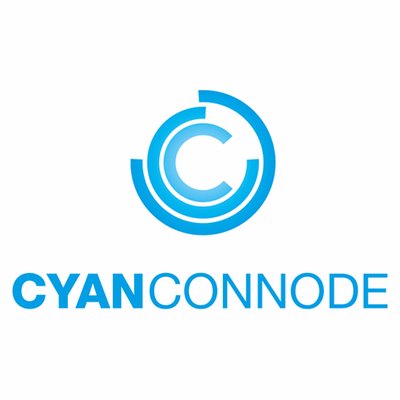India’s power sector stands at the threshold of transformation, and a quiet yet revolutionary technology is taking centre stage. The In-Meter Gateway, a hybrid connectivity solution, is emerging as the critical infrastructure enabler that could redefine smart metering across urban and rural India. Discover how this single innovation is set to accelerate the nation’s digital power transition with unmatched scale, efficiency, and reliability.
The power sector in India is undergoing a historic shift as it embraces digitalisation, data-driven operations, and decentralised energy management. At the heart of this transformation is smart metering—an essential component of the government’s Revamped Distribution Sector Scheme (RDSS). But to make this ambitious goal a reality, utilities need a communication infrastructure that is not only robust and scalable but also cost-effective and future-ready. This is where the In-Meter Gateway emerges as the cornerstone technology.
Blending RF mesh and cellular connectivity into a single, intelligent unit, the In-Meter Gateway integrates communication capabilities directly within the smart meter. This eliminates the dependency on external gateways in low-density and remote areas, where building traditional infrastructure is cost-prohibitive. In places such as villages or agricultural zones, meters can establish local RF mesh networks, ensuring reliable data relay even when cellular networks are unreliable. When RF connectivity is unavailable, the gateway seamlessly transitions to cellular backhaul, enabling continuous, real-time data transmission. This dual-mode functionality ensures zero communication blackouts, a critical factor for maintaining high service levels across smart metering deployments.
The traditional binary choice between RF mesh and cellular connectivity has long hindered deployment efficiency. RF mesh excels in dense urban clusters, forming self-healing networks, but underperforms in sparsely populated regions. Conversely, cellular-based smart meters offer broad reach but incur high operational costs and suffer from coverage gaps. The In-Meter Gateway disrupts this dichotomy, unifying both technologies into one flexible solution that adapts to varied terrains and infrastructure scenarios.
From a financial perspective, this integration significantly lowers the total cost of ownership. Utilities benefit from reduced capital and operational expenditures, thanks to the elimination of standalone gateways and the streamlining of network management. The simplicity of deployment and minimised infrastructure requirement make it the most cost-effective choice for large-scale rollouts, especially in cost-sensitive markets.
Utilities also gain centralised control and monitoring across their networks, regardless of whether meters operate on RF or cellular links. This hybrid model removes inefficiencies caused by managing fragmented systems and enables strategic, phased implementation aligned with broader grid modernisation goals. The modular nature of In-Meter Gateways supports incremental deployments, ensuring compatibility with evolving utility needs and emerging technologies.
The strategic importance of this innovation extends beyond cost savings and operational ease. It directly aligns with the RDSS mandate to modernise India’s power distribution system by reducing losses, improving efficiency, and strengthening the financial sustainability of DISCOMs. In-Meter Gateways ensure that meters remain online, data remains accessible, and performance remains consistent—factors crucial to building a resilient, future-proof grid.
As India drives towards universal smart meter coverage, the importance of intelligent communication infrastructure cannot be overstated. The In-Meter Gateway is not merely an optional upgrade; it is an essential building block of the digital utility architecture. Its ability to deliver flexibility, cost efficiency, and reliability across diverse geographies positions it as the definitive solution for powering India’s smart metering future.
CyanConnode Holdings plc (LON:CYAN) is a world leader in the design and development of Narrowband RF mesh networks that enable Omni Internet of Things (IoT) communications.


